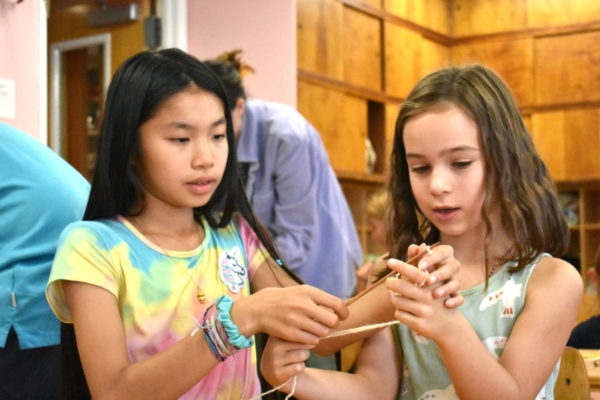FIRST GRADERS LEARN TO KNIT
“Activities demanding manual and bodily skills, such as knitting, leads to the enhancement of the faculty of judgment.”
— Rudolf Steiner
Handwork has been taught in Waldorf Education since the first school in 1919. It is a practical art that involves the senses of sight and touch as well as balance and movement. In doing handwork, fine motor skills are refined, along with other benefits like enhancing mathematical skills, creativity and problem solving. Students learn respect for the process of making something and gain confidence in their ability to complete a task. Age appropriate projects are chosen for each grade. Elementary schools students learn a variety of skills through the years, and develop a healthy respect for the natural materials that are used in the projects. They also recognize their own potential during the process. Teachers take special care to design objects that are practical and functional and that allow their students to work with color in a creative way.

Here at Steiner, students start experiencing handwork in the early childhood years. The Early Childhood curriculum is focused on the whole process, rather than the finished product, and is one of the reasons why practical arts are incorporated into the daily rhythm: Finger-knitting, sewing, embroidering, and wet-felting are among those.
Every year the fifth grade students visit the first graders and teach them how to cast on and knit. It has become a rite of passage within our student community. It is a moment full of reciprocal expectation, and one of the most memorable events in a student’s life.
The fifth graders, who had been at the school for years, have treasured those memories and have grown waiting their turn to teach the younger students.


